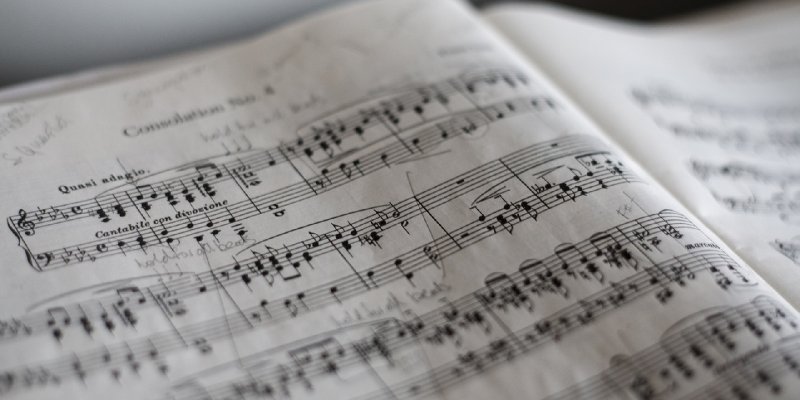
Many people don't know this, but there are three different types of transposition charts that musicians are usually on the hunt for.
Instrumentalists in a band or orchestra may be looking for a particular type of chart to help them get in the right key for their performances.
Singers and pianists may be on the hunt for a different type of chart to help them transpose popular songs. Guitarists have a chart very similar to the ones that singes and pianists use, which is used to help them learn songs in certain keys.
Some sites only have one or two of the charts, but I wanted to share three different charts with the hopes that at least one of them will be exactly what you're looking for!
I will also include a PDF link including all charts that you can use for classroom settings. Feel free to share this page with your musician friends and family members who may also benefit from it.
Related Post: 4 Solfege Charts To Help You Learn Music
Many different instruments benefit from this chart in performance and practice settings. Some instruments fall into the concert pitch category, which is the key of C.
These instruments include the Violin, Flute, and Oboe. It's important to remember which category your instrument falls under.
Related Post: How Many Strings Does A Violin Have? (+ More Facts)
While some pianists and singers focus on one chart, you can actually break this type of chart into two: one for major keys and one for minor keys.
Here are two key charts you can reference when you need to change the key of the song to fit your needs better.
While guitarists can benefit from the same charts that pianists and singers use, they can also consider using a chart type commonly referred to as the capo chart.
A capo is a small device that clamps onto the neck of a guitar. So, for example, if there's a song in the key of C and you want to play in the key of D, you would stick your capo on the 2nd fret.
Download The PDF of these charts.
Familiarize yourself with the structure and layout of the transposition chart you're using.
Transposition charts typically display the original notes or chords in one column and the corresponding transposed notes or chords in another column.
Make sure you understand how to read and interpret the information on the chart accurately.
Identify the key difference between the original key and the desired transposed key.
Whether you're transposing up or down, determine the interval (e.g., whole step, half step) by which you need to shift the notes or chords. This will help you navigate the transposition chart more effectively.
Locate the original notes or chords in the appropriate column on the transposition chart.
Once you've found the original note or chord, scan across the row to find the corresponding transposed note or chord in the desired key. Ensure you're following the correct column and row to accurately transpose the music.
If you're transposing for a specific instrument, consider its transposition rules. Some instruments, like the B-flat trumpet or the E-flat saxophone, are transposing instruments, meaning they produce sounds in different keys than written.
Adjust your transposition accordingly, taking into account the specific transposition rules for your instrument.
After transposing the music using the transposition chart, play through the transposed version to verify its accuracy.
Compare it to the original sheet music or recordings to ensure the correct key and overall sound. Practice performing the transposed music to familiarize yourself with the new key and make any necessary adjustments.
Related Post: What Is A Tritone? And Why It's Called The Devil's Interval

As a session singer, writer, and producer that has worked with over 300 clients to provide high-quality jingles, singles, and features, Yona spends her time creating and marketing new music and helpful resources for creators. Check out Yona’s latest releases on her Spotify, her Youtube and share if you like it!
If you are in need of singer, songwriter or song producer services, see what Yona Marie can offer you on her services page.